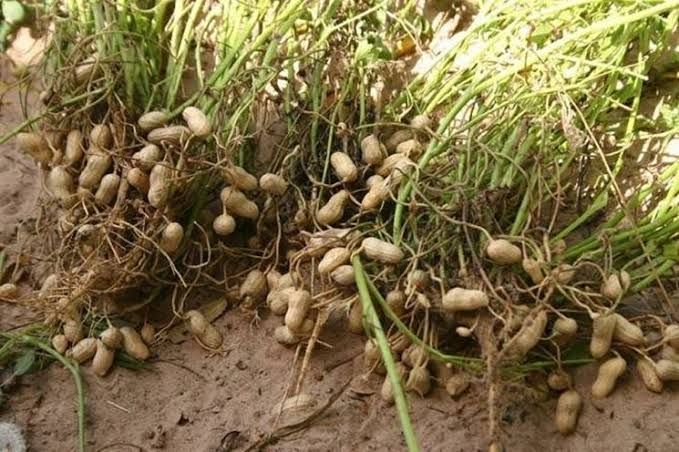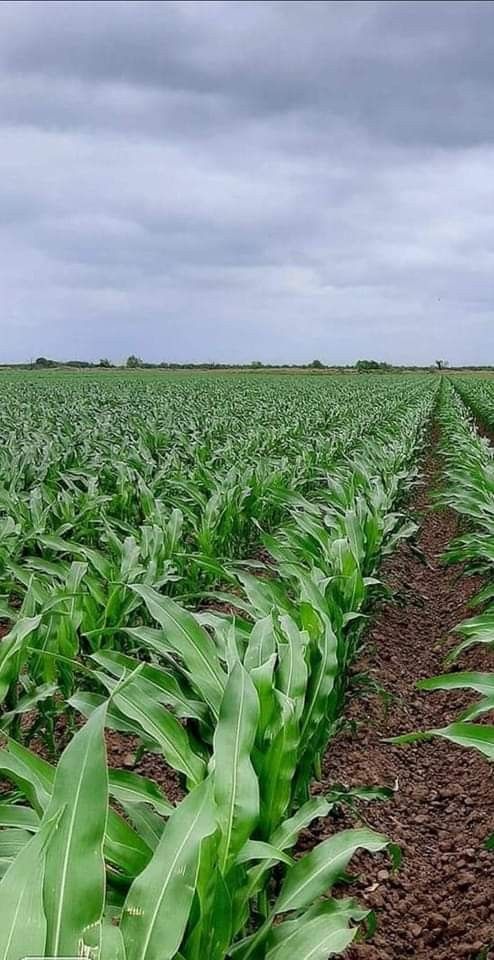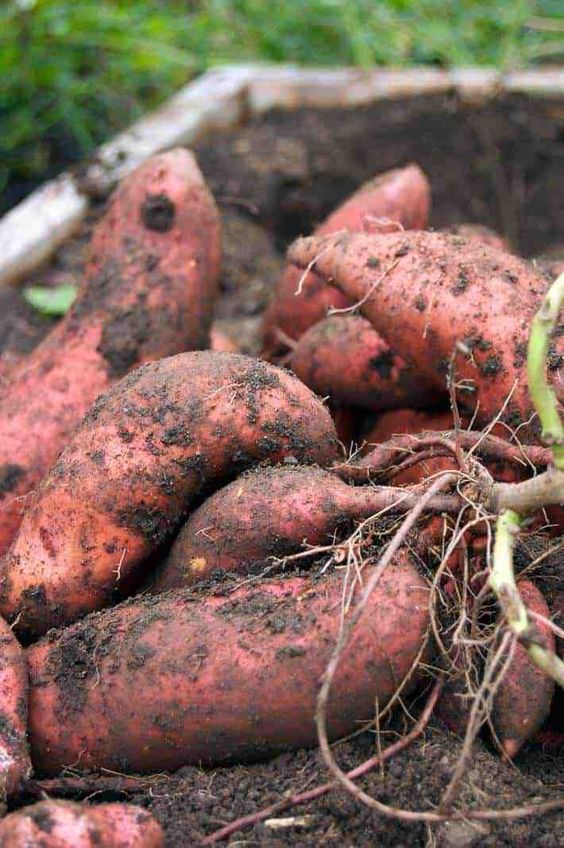Inorganic Fertilizers for Ginger: A Smart Agriculture Approach
Inorganic Fertilizers for Ginger, a rhizomatous herbaceous plant with a global demand for its culinary, medicinal, and aromatic properties, requires optimal nutrient management for maximum yield and quality. Inorganic fertilizers, with their precise nutrient composition and immediate availability, have emerged as a cornerstone of modern ginger cultivation. This article delves into the intricate relationship between inorganic fertilizers and ginger, exploring the scientific underpinnings, application strategies, and environmental considerations within the framework of smart agriculture.
Contents
- 1 Inorganic Fertilizers
- 2 Role of Nutrients in Ginger Growth
- 3 Optimizing Fertilizer Application
- 4 Environmental Considerations
- 5 Economic Benefits of Inorganic Fertilizers
- 6 Challenges and Future Directions
- 7 The Critical Role of Macronutrients
- 8 Fertilizer Formulation and Application
- 9 Integrated Nutrient Management
- 10 Environmental Considerations Inorganic Fertilizers for Ginger
- 11 Future Trends and Research Inorganic Fertilizers for Ginger
Inorganic Fertilizers
Inorganic fertilizers, derived from mineral sources, offer a concentrated and standardized supply of essential macronutrients (nitrogen, phosphorus, and potassium) and micronutrients (boron, copper, zinc, manganese, and molybdenum) vital for plant growth. These fertilizers are chemically produced, ensuring consistent nutrient content and solubility, facilitating precise application and efficient nutrient uptake by plants.
Role of Nutrients in Ginger Growth
Inorganic Fertilizers for Ginger, with its unique growth habit, exhibits specific nutrient requirements. Nitrogen promotes vegetative growth, influencing leaf area, tiller development, and rhizome initiation. Phosphorus is crucial for root development, energy transfer, and flowering, while potassium regulates stomatal function, water use efficiency, and disease resistance. Micronutrients, although required in smaller quantities, play pivotal roles in enzyme activation, photosynthesis, and overall plant metabolism.
Inorganic Fertilizers for Ginger Smart agriculture, characterized by data-driven decision-making and technology integration, offers a transformative approach to fertilizer management. Soil testing, remote sensing, and yield mapping provide valuable insights into nutrient status and spatial variability within the ginger field. Precision fertilizer application, enabled by GPS-guided equipment, ensures optimal nutrient delivery to specific areas, minimizing waste and environmental impact.
Optimizing Fertilizer Application
- Soil Testing: Regularly analyze soil samples to assess nutrient availability and determine fertilizer needs.
- Nutrient Management Plans: Develop site-specific nutrient management plans based on soil test results, crop growth stages, and yield goals.
- Split Application: Apply fertilizers in multiple installments to match crop nutrient demand, preventing nutrient loss and maximizing uptake efficiency.
- Fertilizer Placement: Consider fertilizer placement methods (broadcast, banding, or foliar application) to optimize nutrient availability and minimize environmental risks.
- Irrigation Management: Efficient irrigation practices prevent nutrient leaching and enhance fertilizer utilization.
Environmental Considerations
- Nutrient Loss Prevention: Implement best management practices to minimize nutrient runoff and leaching, protecting water bodies.
- Soil Health Maintenance: Incorporate organic matter and cover crops to improve soil structure, water retention, and nutrient availability.
- Integrated Nutrient Management: Combine inorganic fertilizers with organic amendments to enhance nutrient use efficiency and soil fertility.
Economic Benefits of Inorganic Fertilizers
- Increased Yield: Inorganic Fertilizers for Ginger,Proper fertilization leads to higher ginger yields, improving farm profitability.
- Improved Quality: Adequate nutrient supply enhances ginger rhizome quality, resulting in premium prices.
- Reduced Labor Costs: Precision fertilizer application reduces labor requirements and increases operational efficiency.
Challenges and Future Directions
- Nutrient Efficiency: Developing fertilizer products with improved nutrient use efficiency to minimize environmental impact.
- Soil Health: Integrating inorganic fertilizers with organic amendments to maintain soil health and fertility.
- Precision Agriculture Adoption: Promoting the adoption of precision agriculture technologies among ginger farmers.
The Critical Role of Macronutrients
Inorganic Fertilizers for Ginger,To achieve optimal ginger yield and quality, a balanced supply of macronutrients is paramount. Nitrogen (N), phosphorus (P), and potassium (K) form the foundation of plant nutrition, each playing a distinct role in ginger growth and development.
- Nitrogen (N): As the building block of proteins, chlorophyll, and enzymes, nitrogen is essential for vegetative growth, leaf area expansion, and tiller development. However, excessive nitrogen can delay rhizome formation and increase susceptibility to diseases.
- Phosphorus (P): Crucial for root development, energy transfer, and flowering, phosphorus enhances rhizome formation, weight, and essential oil content. Adequate phosphorus levels improve ginger’s resistance to pests and diseases.
- Potassium (K): Often referred to as the “quality nutrient,” potassium regulates stomatal function, water use efficiency, and disease resistance. It also plays a vital role in carbohydrate synthesis and translocation, contributing to rhizome development and yield.
Fertilizer Formulation and Application
TInorganic Fertilizers for Ginger,he optimal fertilizer formulation for ginger depends on various factors, including soil type, climate, ginger variety, and desired yield. Soil testing is crucial to determine nutrient deficiencies and to prescribe appropriate fertilizer recommendations.
- NPK Ratios: Common NPK ratios for ginger include 12:6:12, 14:14:14, and 20:10:20. The specific ratio should be adjusted based on soil test results and crop stage.
- Application Timing: Fertilizers can be applied as a basal application before planting, as topdressing during the growing season, or through fertigation. Split applications are often recommended to match nutrient demand with crop growth stages.
- Placement: Proper fertilizer placement is essential for efficient nutrient uptake. Banding or drilling fertilizers near the roots can improve utilization and reduce nutrient loss.
- Calibration: Accurate fertilizer application rates are crucial to avoid nutrient imbalances and environmental pollution. Using calibrated equipment ensures precise fertilizer distribution.
Integrated Nutrient Management
Inorganic Fertilizers for Ginger,While inorganic fertilizers provide a quick and efficient source of nutrients, integrating them with organic amendments can enhance soil health, nutrient retention, and overall ginger productivity.
- Organic Matter: Incorporating organic matter, such as compost or manure, improves soil structure, water holding capacity, and nutrient availability.
- Cover Crops: Planting cover crops between ginger cycles helps prevent soil erosion, increase organic matter content, and suppress weeds.
- Biofertilizers: Inoculating ginger with beneficial microorganisms, such as nitrogen-fixing bacteria and phosphate-solubilizing bacteria, can improve nutrient uptake and reduce fertilizer dependency.
Environmental Considerations Inorganic Fertilizers for Ginger
Inorganic Fertilizers for Ginger,Responsible fertilizer management is essential to protect the environment and ensure sustainable ginger production.
- Nutrient Loss Prevention: Implementing best management practices, such as cover cropping, buffer strips, and controlled irrigation, can minimize nutrient runoff and leaching.
- Soil Health Maintenance: Regular soil testing and organic matter incorporation help maintain soil fertility and prevent degradation.
- Water Quality Protection: Avoiding excessive fertilizer application and proper nutrient management are crucial for protecting water bodies from contamination.
Future Trends and Research Inorganic Fertilizers for Ginger
Inorganic Fertilizers for Ginger,Ongoing research is focused on developing innovative fertilizer technologies and management practices for sustainable ginger cultivation.
- Nutrient Efficiency: Developing fertilizers with improved nutrient use efficiency to minimize environmental impact.
- Controlled Release Fertilizers: Exploring controlled-release fertilizers to match nutrient release with crop demand.
- Precision Agriculture: Utilizing advanced technologies, such as soil sensors, drones, and data analytics, for site-specific fertilizer management.
By adopting a holistic approach to fertilizer management, ginger growers can optimize nutrient use, enhance yield and quality, and contribute to sustainable agriculture.




